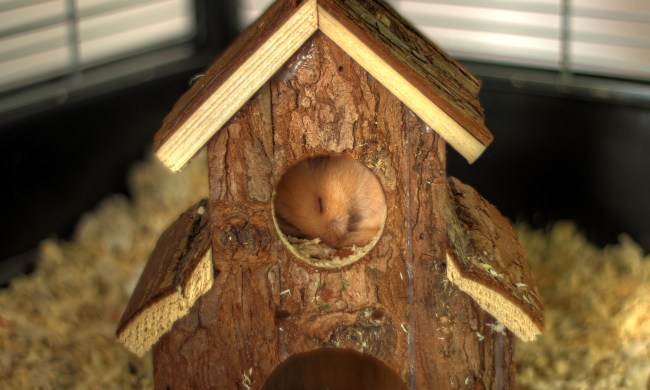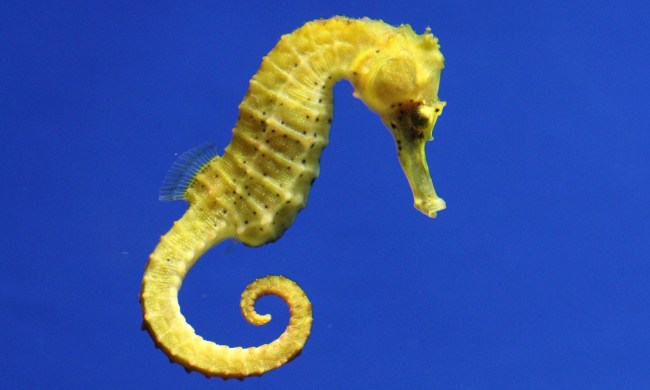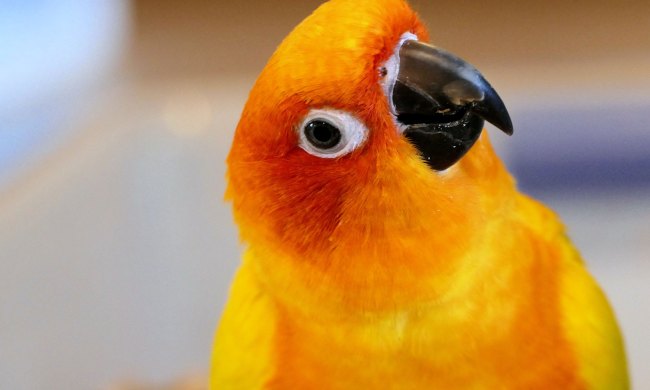Lovers of tropical fish know that sometimes hidden dangers can cause illness or death for fish, often without any noticeable symptoms. One such risk is the camallanus worm, a tiny parasite with a serious consequence if left untreated.
Camallanus worms aren’t always easy to spot, and sometimes conflicting information can cause fish owners to lose quite a bit of their investment in the tank. Let’s look at what these parasites are, and what you can do to get rid of worms or prevent them altogether.
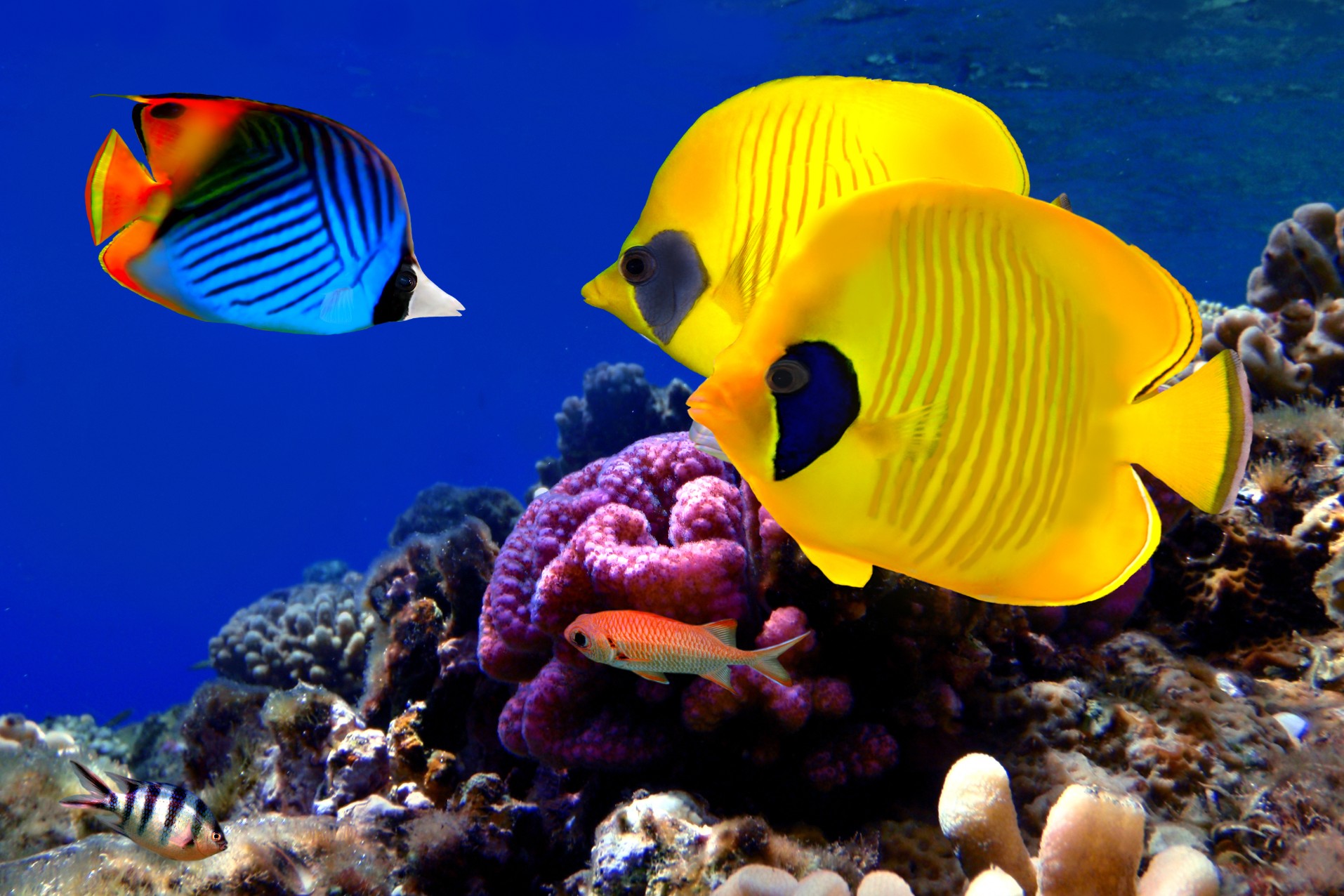
What are camallanus worms?
These small parasites are a common issue in tropical fish. They burrow into the fish’s digestive tract to feed on blood, causing wasting and eventual death if left untreated.
When mature females lay the first stage larvae, these larvae find a habitat in common foods of other fish and crustaceans. When the crustacean consumes the food, the larvae spread to the gut, where they molt and lay dormant.
During the next stage, fish eat the crustaceans, and the larvae become active, spreading to the gut of the fish and molting again. Here they grow to their full size and can often be seen protruding from the anus of the fish if the infestation is particularly bad.
Where do camallanus worms come from?
In tanks and aquariums, it can be challenging to determine where the infestation comes from. The most common sources are:
- Live foods: If the first stage larvae are present in the substrate sold as live food, they can infect any fish or crustacean that consumes that substrate.
- Live plants: In the same fashion, live plants may host first-stage larvae, which make their way to other tank occupants as fish or crustaceans nibble on the plant.
- Infected fish: If you purchase a new tropical fish, it may already be infected. Until the infection is apparent, even quarantining tropical fish for a short time may not show the signs until you’ve got a full-blown infestation.
If you reuse tools and accents across multiple tanks, you can quickly contaminate every tank you have. Just one contaminated live plant can quickly become a serious issue.
What are the signs of an infestation?
The protruding worm is often the last stage of the infestation, and your chances of saving your fish plunge dramatically if you wait for this sign. Instead, look for other possible, more subtle signs that something is wrong.
- Wasting — If your fish looks underweight or has a sunken stomach, that can be your first sign that something is amiss in your fish’s digestive tract.
- Bloating — A distended stomach may also be a sign of parasite infections of all types. Your fish’s gut will protrude the more worms or parasites are present.
- Disinterest in food — If your fish is no longer eating, that could be a sign that the stomach is signaling “full” even though your fish hasn’t eaten food.
- Swimming in place — Some fish will appear to shake or simply swim in place as the infestation worsens. If your usually active fish seems more sluggish than usual or displays unusual swimming behavior, that could also be a sign.
- You see a protrusion — Camallanus worms will turn a red color as they siphon blood. If you see a protrusion from your fish’s anus or begin to see other infections that make the worm visible, it’s time to act.
What can you do to treat an infestation?
The first thing to do is accept that you’ll have to clean and treat every tank you have. It’s too hard to know the infestation source to take a chance, and you could risk reintroducing the larva if you clean only one tank.
- Medications — Medications are designed to paralyze adult worms so that the fish can expel them through their digestive tract. Talk to your veterinarian or your tropical fish expert to decide on the right type of medication.
- Clean the tank and all components after three days — Most medications don’t kill larvae or the adult host. You’ll need to clean your tank regularly and vacuum gravel thoroughly to help remove any larvae. You don’t need to do a full water change but do vacuum thoroughly.
- Remove shrimp and snails — Most medication options can be deadly to these inhabitants, so it’s best to set them up in their own environment while you work.
- Repeat the treatment in two weeks to ensure you’ve caught all eggs — Administer another dose and clean your tank again.
Discuss your options with your veterinarian if you have incredibly delicate or expensive fish. Some fish may not make it regardless of the treatment if the damage is too extensive. However, if you catch it early, you have a good chance of eliminating the parasite.
Keeping fish healthy
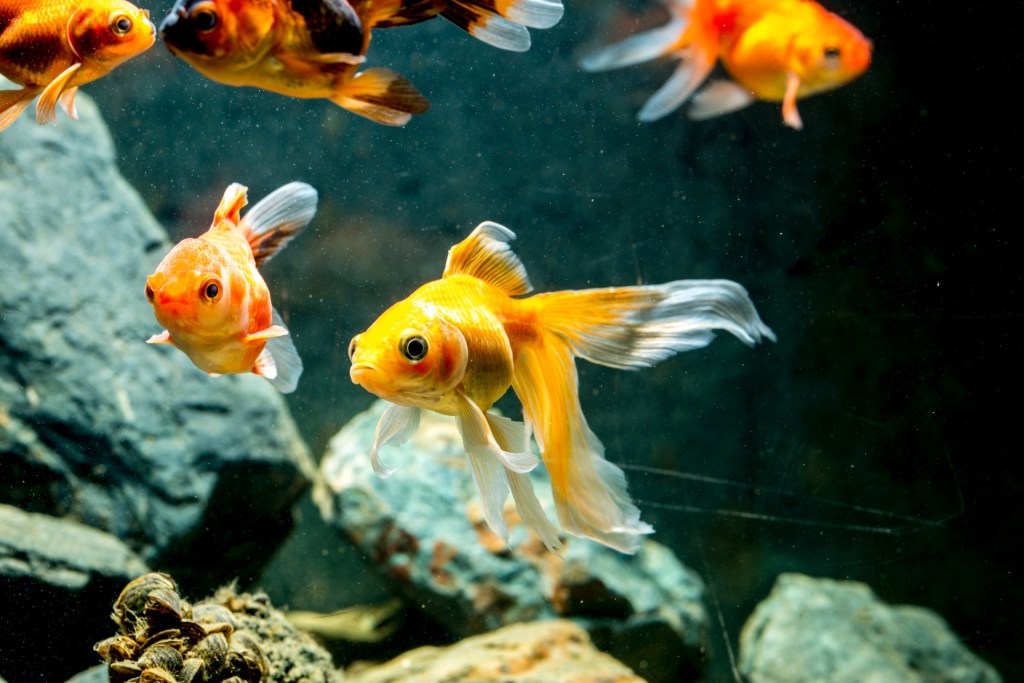
Maintaining a healthy environment is the foundation for keeping your fish healthy. If they get a parasite, a cloudy, dirty tank can only make the situation worse. Strong, healthy fish are better able to fight infections and recover from parasites.
Take the time to observe your fish so that you notice anything out of the ordinary right away. This can give you a head start with treatments so that your fish have the best chance of recovering from the camallanus worm.
